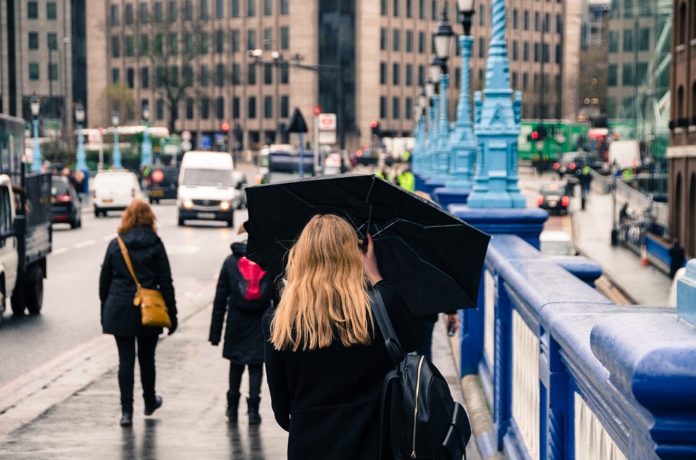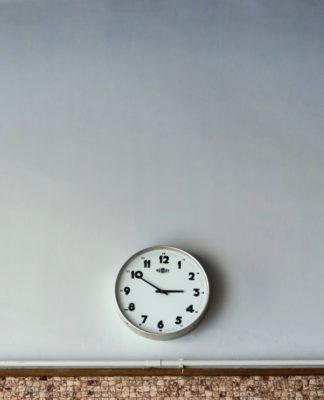
Warehouse District, Minneapolis, Friday night. Taxis pull up to the curb, stopping alongside drunken bar hoppers, bachelor and bachelorette partiers, locals and late night revelers laughing and talking in groups, engaging in the long Minnesota goodbye, deciding whether or not it’s worth walking to the late-night pizza place for a slice, finishing the night with hugs and handshakes.
The energy is palpable. The air tastes like tequila and beer and champagne and sweet mixed shots that slowly creep up on unsuspecting merrymakers.
2:00am. A young woman says goodbye to her friends, choosing to walk the three blocks back to her apartment rather than share in the cab with her friends. Smiles and hugs. She’s safe and comfortable, until her friends disappear.
And then, “Hey, you’re looking good tonight.”
She ignores him and continues on her way.
He persists, “Hey, I said you’re beautiful.”
He follows her.
Someone calls him a creep. Someone else cheers him on. A group of bachelors in tuxedos tell him to back off. Everyone, it seems, has an opinion about this.
“Aw, come on.” The guy says, “I was just paying her a compliment.”
“Ladies, they like it,” says the guy standing next to him. “They might say they don’t, but when it comes down to it everybody likes to be complimented, don’t they?”
It’s a contentious issue, one that was much talked about when Minneapolis-native Lindsey confronted catcallers on video (learn more here) and New York-based Hollaback! made the film about 108 instances of catcalling in one day (New York Post coverage can be found here) last year, and the signs that started popping up around the Twin Cities back in 2015 (found here).
So we hit the pavement to see what people think; to talk to people on park benches and street corners, inside and outside bars and clubs, from all around from the Twin Cities and beyond and hear what they had to say.
Catcalling: A Typical Night Out
Jo, 28, who has lived in St. Paul since 2009, says, “Guys think we get dressed up just for them.”
Says her friend Danielle, 27, “We put so much time and effort into our appearance so strangers can talk to us and say gross things? No. I dress up for me. I look good and feel good and have a good time.”
Erica, who lives on the east side of St. Paul, is less concerned, calling it, “guys just being guys,” and the “typical male ego.”
The general gist of the conversation, as we sit at a sun-soaked table in the middle of Black Dog in Lowertown, is that no one has the automatic right to comment on someone’s looks or body; not because of the way they looks or the way they act or the way they dress.
“But then,” Tyra, 23, from Minneapolis, says, “I can appreciate a man who tells me I’m pretty and then I don’t appreciate a man who says something like what he wants to do to my fine ass.”
Can it come from an innocuous place? Simply wanting to let a woman know she is beautiful?
“No way. It’s an invasion of her space,” says Jo. “Potentially putting her on edge, for what?”
“Because you think she’s hot.” Mike, of Brooklyn Center, says. “I don’t think that’s okay.”
Later that evening, as we hang at Barrio around the corner, we talk to a few people visiting from towns nearby.
Angela, from Wisconsin, says, “When some guy tells me to smile or do anything, it’s harassment. He tells me anything about my body, I think it’s harassment. He just says hello, no, that’s not harassment. I don’t think it’s so hard to tell the difference. And it’s never just hello. I don’t think you’re asking me about the men who just nod or say hello.”
Says Jo, “This is about more than just telling a stranger that she looks nice or beautiful or is I hear the word blessed a lot. Street harassment… is a gateway to physical harassment. If you say that any harassment is okay, you’re saying that all harassment is okay.”
Max, 34, a schoolteacher in Minneapolis, says, “If you’re going to talk to say hello to someone just because they’re pretty, isn’t that wrong in itself? Singling someone out just because of the way they look?”
“There’s a difference,” Megan, from Woodbury, says, “between catcalling and being polite… I get to decide what makes me uncomfortable.”
Twin Cities Education
Addressing the issue, as Lyndsey has attempted by handing out awareness cards and creating the now well-known videos, the “no catcalling” signs along the streets of New York, the activism of Hollaback! across the world (like in Rio de Janeiro, for example: Turning an Infamously Sexist City Into a Safe Place for Women) might be the first step. Awareness has always been step one in creating change.
But it takes only a few minutes reading the comments below Lyndsey’s catcalling videos to know that it’s not only a divisive issue, it’s an issue that many people still don’t believe actually is an issue.
“Come on,” Susan of Inver Grove Heights says, “There are so many real problems. Why are we even worried about this?”
“Sure, I’ve gotten a whistle or two,” she says, “but you just keep moving.”
“Yeah no way.” Sam, of St. Paul, says. “It’s not an epidemic. It’s not even a problem. Rape is a problem, sure. Okay. Catcalling is not a big problem.”
Jon says, “I think being rude should stop, but I don’t think we should stop talking to women on the street.”
Travis, 32, from Minneapolis, asks, “Somebody catches my eye and I’m not allowed to go talk to her on the street?”
It shouldn’t be a hard question.
“Aren’t we supposed to be more evolved than that?” Sarah, 25, from Minneapolis rolls her eyes at this. “The first problem is that you assume that just because you noticed me, now you can say whatever you want to me.”
She says, “I’m not saying people need to walk with their heads down and refuse to even to make eye contact. Just don’t assume because you want to say whatever you want that I want to hear it.”
“That’s a good way to describe it [primal],” Megan laughs. “Men who are catcalling are… just upright apes who haven’t moved beyond crude forms of communication.”
“If you come up and hold out your hand and introduce yourself politely,” says Erin, “I don’t think anyone is going to say you’re catcalling or being rude.”
Does setting make a difference? At a bar or club or other social setting, okay, but not on the street?
“There’s no place where it’s okay to be rude,” says Asmara, 21. “But it feels much more aggressive on the street.”
Kimberly from South St. Paul, says, “The goal is to make streets safe for any woman to walk down at any point without having to worry, without having to have pepper spray or whatever and maybe having to use it.”
Sarah agrees. “Every woman has the right to feel safe. When a stranger comes out of nowhere to comment on the way you look, that’s weird, like, that’s really what you want to say to me? More often than not it’s really crude, it’s invasive… and it’s disrespectful.”
“Even when it’s not [disrespectful],” Kimberly says, “it’s still unsolicited attention in a place where a woman isn’t comfortable. If she’s surrounded by friends, you know, maybe things are different. People go out to bars to meet people. There’s Tinder now. If you really want to meet someone you find attractive, there are right ways to do it and there are wrong ways to do it.”
“Having other people around does make me more comfortable.” Erin says.
While the problem of catcalling on the street is a symptom of a larger issue (as discussed in this article: Why men catcall brings up bigger issues than just sexuality), one that has roots deep in the societal objectification of women, at the end of the day does it simply come down to the individual?
“People who catcall know that you’re making a woman uncomfortable and they do it anyway,” says Kimberly.
“It’s selfish,” Jo says. “And childish.”
“Too many men feel that they can say whatever they want to women,” Sarah says. “Pure and simple. Men still act, and are often treated like, in the media, in the workplace, on the street, superior beings.”
Read next: Catcalling in the Twin Cities, part II: Gender and inequality
















